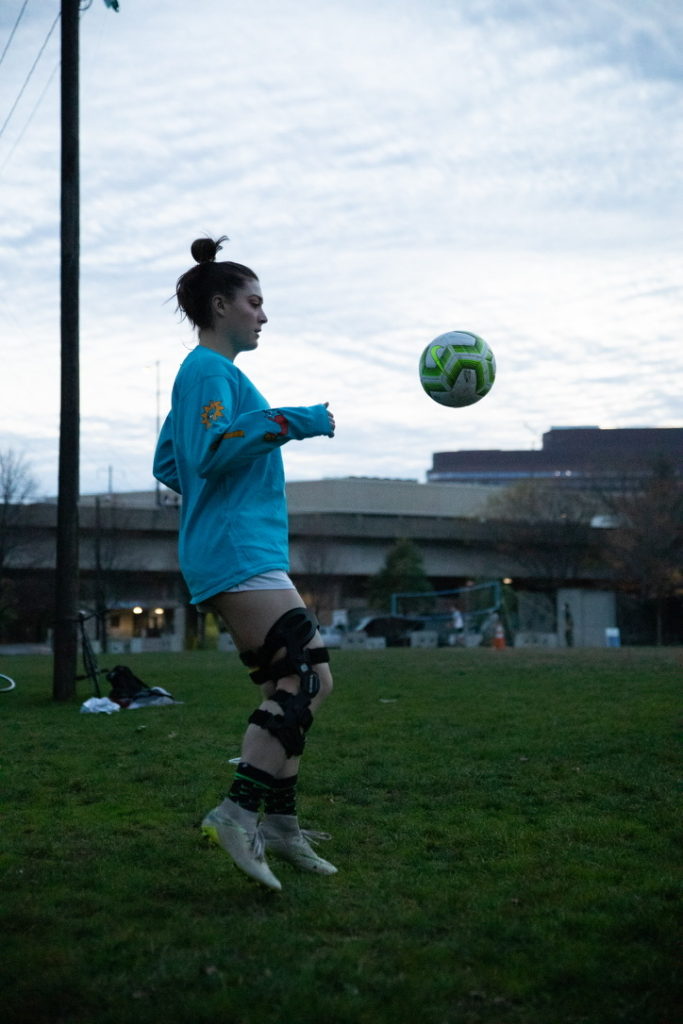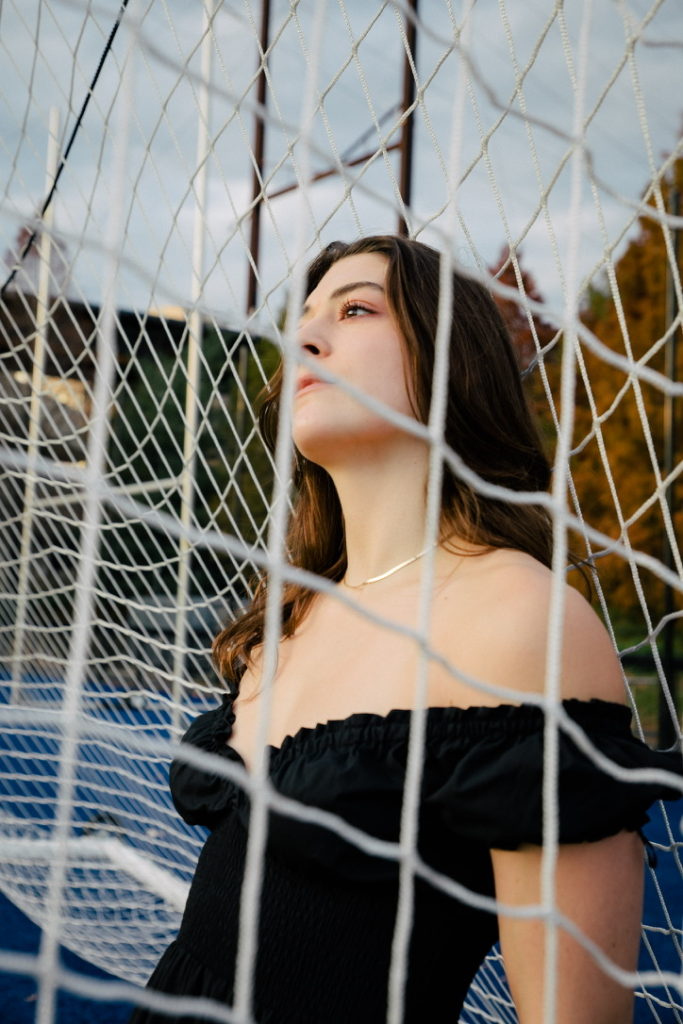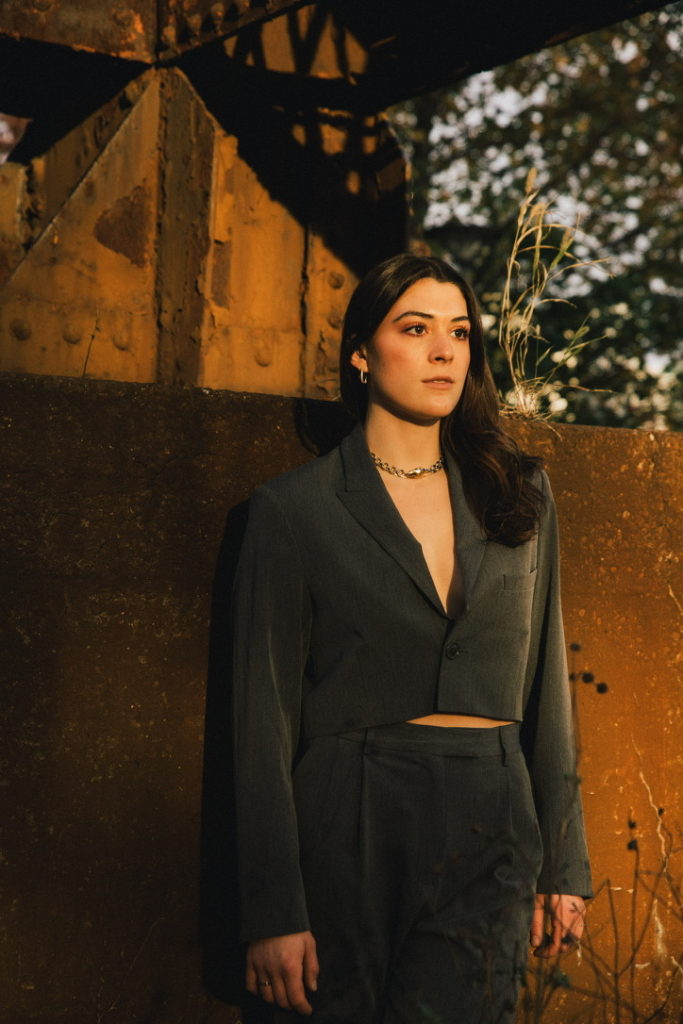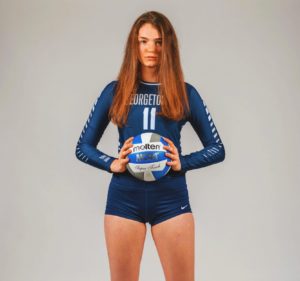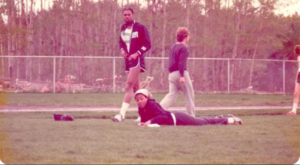Growing up, I always felt like I was torn between two worlds based on my interests. The first world, the one that my mother was partial to, was my creative drive. And, the second world, or how my father and I spent our weekends, was soccer.
A person’s interests can be a pivotal aspect of their identity, which is a beautiful thing.
This, however, does not mean that who you are is singular in nature. Being an athlete is not an all-encompassing identity, although it is often judged as one. If you consider the spectrum of stereotypes in regards to personalities and interests; then the athlete and the artist are, often, at opposite ends. Why is that? Why have we been socialized to define who we are in such strict terms? This societal instinct has left me contemplating the paradigm between athletic and artistic interests.
The term “athlete” is a trope in our society. Hollywood, in particular, has perpetuated the “jock” stereotype, that has become pervasive in everyday life. Moreover, the stardom, influence, and money in men’s professional sports have contributed to the term “athlete” being a monopolizing identity. In other words, when a person is termed “athlete,” whether consciously or unconsciously, an assumption is made that they are somewhat similar to the beloved Tim Riggins, from Friday Night Lights, and they aspire to be Kobe Bryant. I mean, let’s be honest, who doesn’t look up to Kobe?! Nevertheless, the picture that pops into a person’s head is rarely a woman (unless you grew up as obsessed with Michelle Ackers as I did), and it is rarely a person associated with activities outside of sports. Part of this has to do with how all-consuming being an athlete can be.
When you are left with so little time to do anything outside of practice and studying, college athletes, for instance, rarely have the opportunity to join the climate change club at their college. I mean, Division 1 athletes don’t even get to choose their major… hello communications degree! Ultimately, what I’m commenting on is how the stereotypical “athlete” is actually a very small fraction of the personalities that participate in competitive sports.
I have always felt that the term athlete imposed an anti-creative judgment on a person.
What I find interesting about the juxtaposition between the athlete and the artist is that these are both very physical activities. I have always found drawing to become an immersive experience between your mind and your hand, the way that a soccer game allows me to escape the world. In middle school and high school my mother, who is a retired Shakespearian actress, desperately wanted me to join the school play. “You’d be so good at it,” she said; “It’s like you’re on a team and you’re practicing for the game, and then you just let it all out on stage!” Even though I never signed up for the school play, I have no doubt that she is right. Art evokes an emotional, intellectual, and physical manifestation of creativity. And, while the product is very different from winning a sports game; the patience, practice, and perseverance required in both art and athletics is not that dissimilar. In addition, the satisfaction of the whistle at the end of a game is not unlike finally completing a painting. The athlete is always pushing through to better their game and, similarly, the artist can be tirelessly self-critical in a continuous effort to evolve their creative production. Just like there is a spectrum of artistic mediums, there is a spectrum of athletic endeavors. The tennis player is to the football player, as the painter is to the actress; a common inclination but very different ways of channeling it.
My observations do not claim that it is rare to find a person who bridges or breaks down stereotypes; because most of us do this, we are multifaceted beings! I do think, however, that there’s something to be said about the athlete vs artist standoff. The arbitrary boxes that society puts you in can leave a lasting effect on how you operate in the world. Or how you see yourself, which can affect what you put out into the world. I remember being a freshman in college and telling someone that I was on the soccer team. The person that I was talking to took a moment, and went, “Oh, you’re on the soccer team?” There was an air of disappointment in their voice. In the same vein, in high school, I had teammates from my club team say that they didn’t recognize me when we followed each other on social media, because I looked so “artsy.” I’ve never been bothered by these comments; what I’m intrigued by is how I have always felt that these two worlds did not overlap. For most of my life, I’ve felt a part of two separate communities: my sports friends and my art friends. These groups are not at odds with one another and I do not become a different person in the separate environments. Nevertheless, I do showcase aspects of my personality that relate more to whoever’s in front of me. This is a common phenomenon, relating to the people around you on a common basis, but that doesn’t mean that people are one-dimensional.
Perceived one-dimensionality is what I’ve been struggling with as I’ve entered adulthood.
As we grow and navigate life, our interests and aspirations evolve with us. Take a musician’s career, for instance; there is no way that the first album and the last album a musician releases are identical. And, if they were, then that musician probably had a short-lived career, because people want to see growth! We are not meant to listen to one album for our entire life. In that regard, my athletic journey is going through a transition right now: how to work out by putting the longevity of my health first. At the same time, I’ve, artistically, been trying to discover how to fill a creative void while working full time. But, those two journeys are not separate, they are one because it’s my journey. I am an athlete, an artist, and much more. I will likely have multiple careers. We are who we are, and we don’t fit in boxes. Utterly undefinable; an ever-evolving being that’s navigating their surroundings and aspirations.
Written by Hannah Hemerly, founder of H.R.H Blog.

